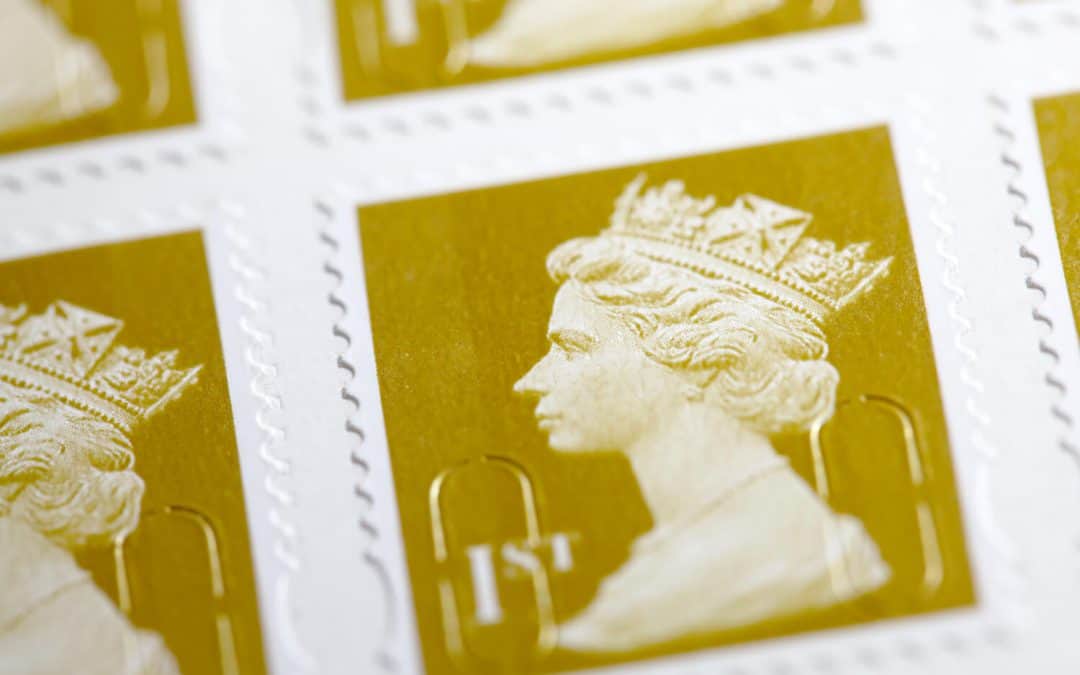When planning your organisation’s election, it is important to think about the voter journey and how to get the best results. UK Engage believes that printed election materials still have a place in democratic processes. They also believe paper ballots can generate improved voter turnout, despite the popularity of online solutions.
Despite talk of the unstable future of print, in fact, research shows demand is still there and that paper remains a valued channel when deployed in the right way, sent to the correct demographic, for the right purpose.
As the cost associated with printed election materials is often higher than online channels, UK Engage would recommend that organisations that incorporate paper ballots as a voting mechanism, make them as efficient as possible to:
A. attract the voters’ attention and
B. make the voting experience quick and easy to do.
Design of Printed Election Materials
The design of printed election materials is very important, especially ballot papers and candidate statements. Your ballot paper must allow the voter to understand who they can vote for and how they can do it with relative ease. To remain impartial and not create bias it is recommended that candidates are placed in alphabetical order. Finally, the ballot paper must allow for ease of vote counting.
Candidate manifestos can have shortened ‘impact statements’ providing a headline message of what they want to achieve if elected. This can be followed by a longer, clear and well-presented statement, written in the first-person to give personality to the candidates for election.
The use of colour, a clear font, boxes, illustrations and diagrams can all help to guide the voter through the process.
Wording of Ballot Papers
The wording on your ballot paper can be crafted to encourage members to vote. Outlining, in short sentences, the importance of the vote and how it will contribute to the outcome of the election can encourage members to vote. Doing this they will gain an understanding of their role in the process.
If the ballot paper offers multiple ways to cast a vote, make this clear. If not, members may think they can have multiple votes via different channels.
It is also very important to clearly state how much time the member has to cast their vote. Often this is done in the wording with an additional graphic element. Doing this captures the voters’ attention to the voting deadline date.
Voting instructions
Instruct voters how to use the ballot paper and how many candidates to vote for. Popular voting methods are First Past the Post (FPTP) and the Single Transferable Vote (STV), the two methods will have very different instructions. Instruct voters to put crosses in the boxes for a First Past the Post election and numbers for a Single Transferable Vote election. A little more explanation may be needed to instruct voters, through an STV election as it more complex voting method. Clear instructions on the ballot can lead to fewer spoilt votes.
Support & Advice
When using an outsourced independent adjudicator to run your election, clear contact details must appear on the ballot paper. If not, you may get an unnecessary influx of calls and emails asking about the election. It is the responsibility of the Independent Scrutineer to offer election-related support and advice to your members.
Print & Postage
Working with an experienced electoral stationery printer can offer many benefits in terms of data security, print costs and mailing rates. As reputable election services providers produce millions of pieces of electoral stationery each year, they are best placed to offer the best print and postage rates on ballot mailings. In addition, they handle huge amounts of data, securely, adhering to data protection guidance. In addition, working to ISO accreditation’s such as ISO 27001.
Successful Elections With UK Engage
Many clients that work with UK Engage experience high satisfaction when it comes to turnouts of postal ballots. Recently, UK Engage worked with a leading UK utility provider to run an election. These postal responses accounted for 82% of the overall turnout. Implementing simple techniques when designing the ballot paper can help justify the extra cost associated with postal ballot packs.
For more information or to discuss a postal or online ballot with UK Engage, contact us today.

